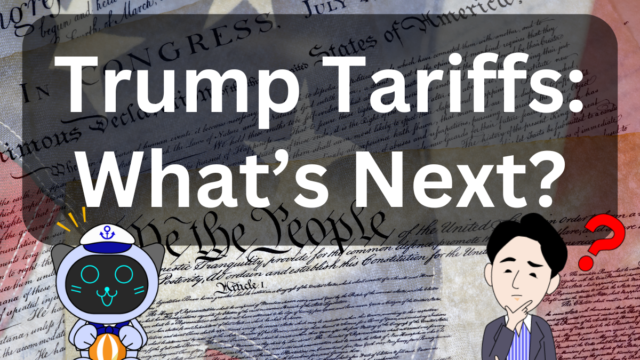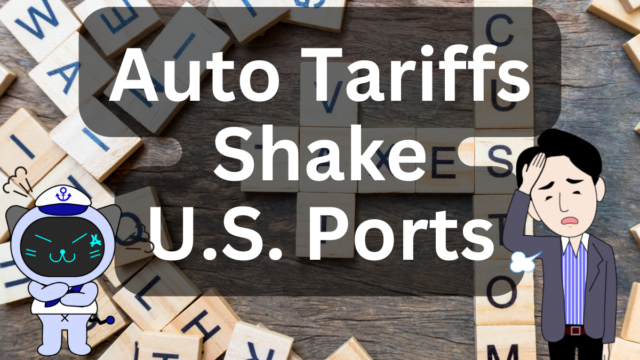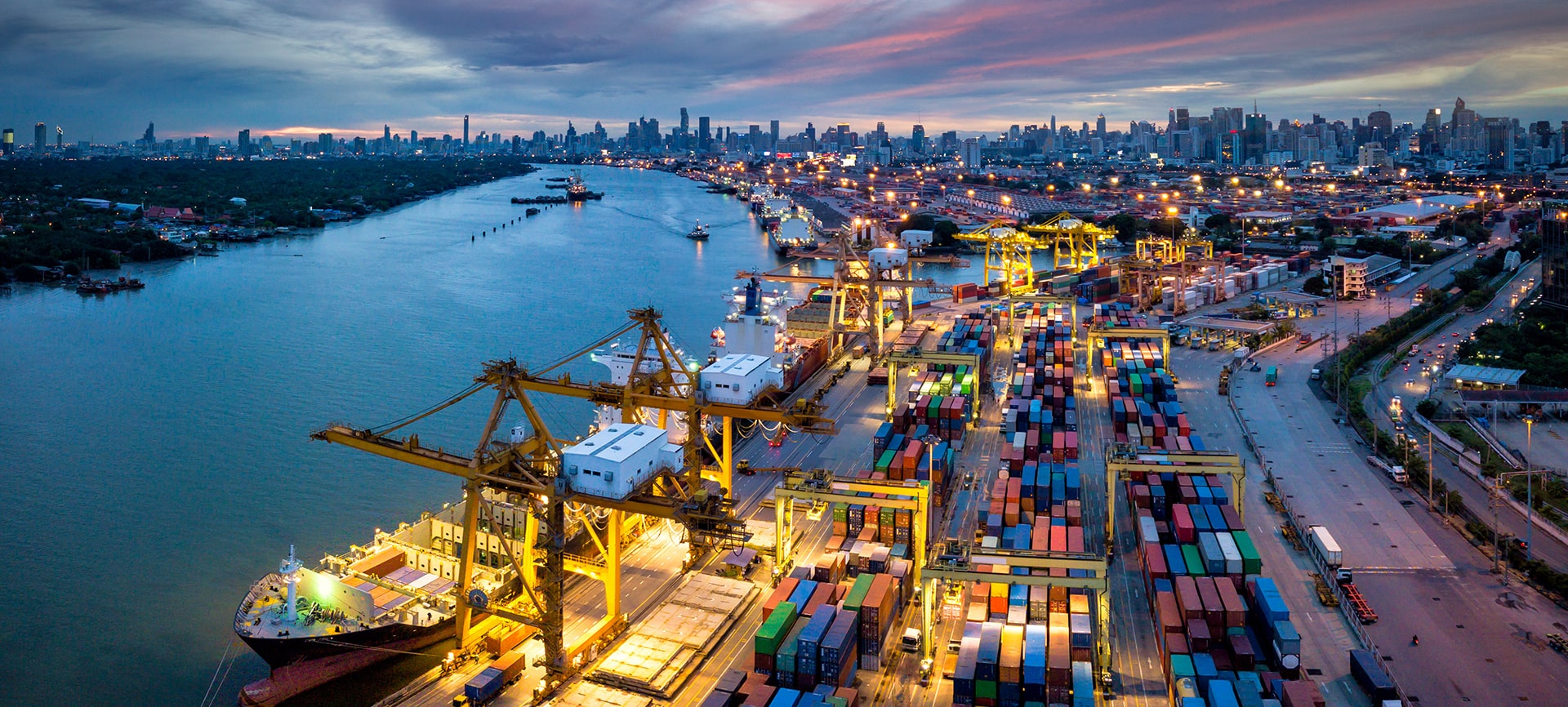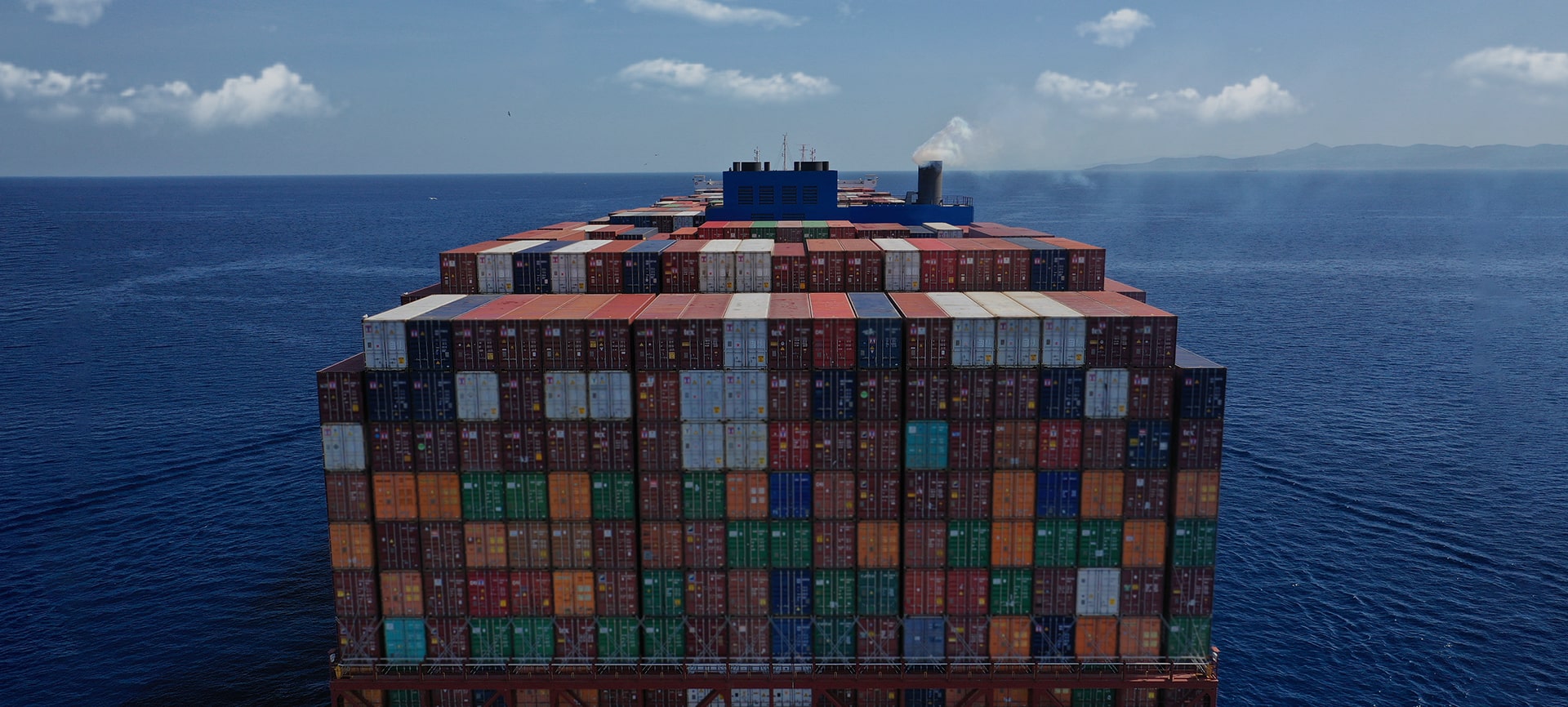Posted on: April 16, 2025 / Last updated: April 16, 2025
[Maritime Shipping Now] Container Freight Rates Remain Flat – What Lies Ahead? Impact of US-China Tensions
![[Maritime Shipping Now] Container Freight Rates Remain Flat – What Lies Ahead? Impact of US-China Tensions | IINO san's Logistics News](/wp-content/uploads/2025/04/20250415en.png)
Today, we’ll dive into the current state of maritime shipping. Whether you’re involved in logistics or trade, or just curious about the latest container freight rate trends, this is a must-read.
CONTENTS
Current Container Freight Rates
As of April 2025, major container freight rates are as follows: Shanghai to U.S. West Coast: $2,202 per 40’ Shanghai to U.S. East Coast: $3,226 per 40’
These rates have remained stable since the end of last year, with no major changes. The container market, which had been quiet, is drawing renewed attention.
US-China Relations and Shipping Impact
The U.S. is currently imposing tariffs as high as 145% on Chinese imports. As a result, Chinese goods may be sold in the U.S. at roughly 1.5 times the original price, potentially pushing away consumers.
Some orders have been canceled, and a drop in Chinese exports is becoming a concern.
This impacts the trans-Pacific route and could push freight rates down.
Policy changes like “iPhones being exempt from tariffs” and “90-day tariff pauses” make rate trends unpredictable.
Carrier Response: Capacity Adjustments
If demand keeps falling, freight rates may decline. However, carriers may cut supply to stabilize prices.
They may reduce sailings and adjust services to create artificial scarcity and maintain rate levels.
Don’t Miss Europe-Bound Rates
Europe-bound routes also warrant attention:
- Shanghai to Northern Europe: $1,356 per 20’
- Shanghai to Mediterranean: $2,144
These too show a slight decline compared to past levels.
As U.S. exports become more difficult, China-Europe trade is strengthening, hinting at a shift in global logistics flows.
China is also enhancing ties with Southeast Asia, reshaping supply chains.
Watch the Summer–Fall “Peak Season”
The key season for freight rates is June through October. Rates usually increase due to the Peak Season Surcharge (PSS).
China’s National Day in October and the U.S. Christmas season also drive demand.
If rates surge too high, it could stifle consumer demand.
Some businesses may absorb costs and keep prices down despite higher tariffs, which could further affect rate trends.
Summary
- Container rates to the U.S. and Europe remain flat
- US-China tensions could push rates down
- Carriers are adjusting capacity to stabilize prices
- Summer–Fall peak season will be key
Stay tuned for more updates on freight trends and logistics insights. Feel free to leave your questions or blog topic requests in the comments!
![[Maritime Shipping Now] Container Freight Rates Remain Flat – What Lies Ahead? Impact of US-China Tensions - HPS Trade Co.,Ltd](/wp-content/uploads/2024/05/logo.png)
![[Maritime Shipping Now] Container Freight Rates Remain Flat – What Lies Ahead? Impact of US-China Tensions - HPS Trade Co.,Ltd](/wp-content/uploads/2024/05/logo-wh.png)
![[Industry Trends] MSC Becomes First to Reach 900 Vessels! Focus Shifts to North-South Routes with Independent Operations | IINO san's Logistics News](/wp-content/uploads/2025/04/20250417en-640x360.png)









